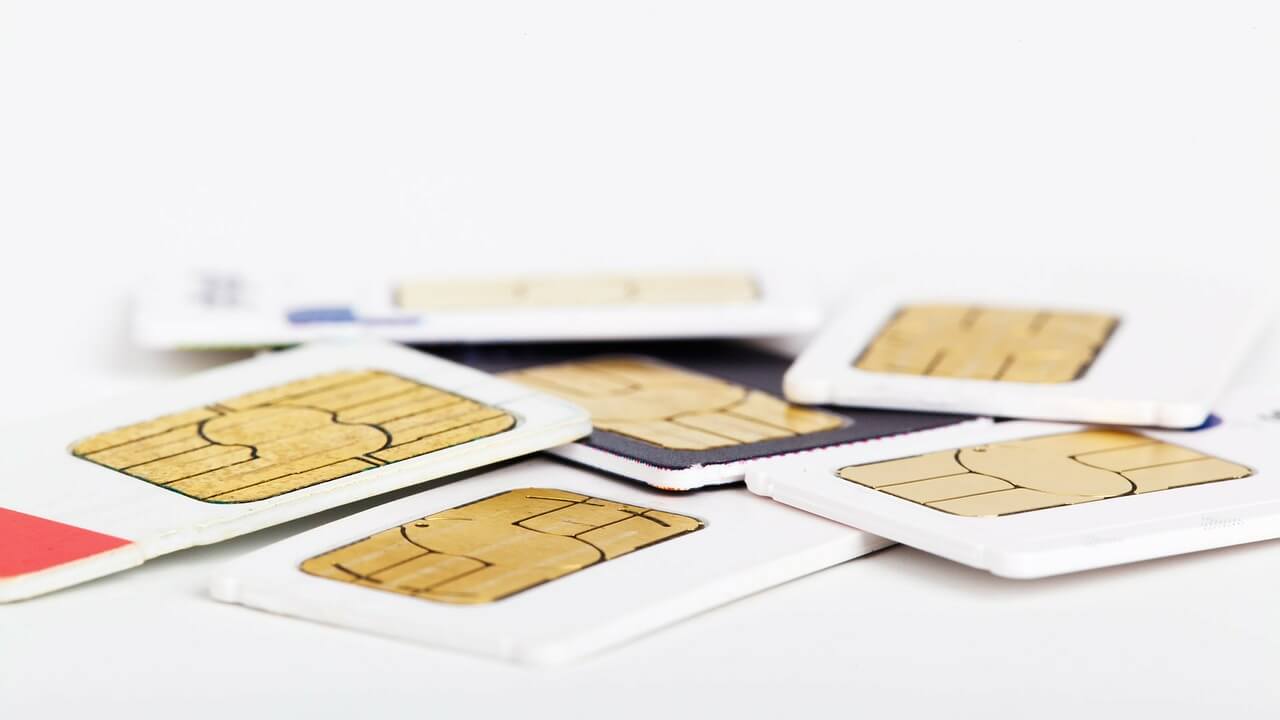3G stands for third-generation wireless telecommunications technologies and followed the 2G standard. Introduced in the early 21st century, 3G offered significant improvements in both the speed and quality of mobile communications. It enabled higher data rates. These higher speeds made it possible for the first time for mobile Internet users to efficiently access the Internet, stream videos and use more advanced mobile services than previously possible with 2G.
One of the main advantages of 3G technology is the significantly higher data transmission speed compared to its predecessors. This allows users to stream multimedia content, including music and video, paving the way for services such as mobile TV and complex Web applications. In addition, 3G improved voice quality and increased network utilization efficiency, leading to more reliable service and the ability to support more users simultaneously. It also facilitated global roaming agreements, allowing users to use their phones in different countries.
At Capestone, we recognize the importance of 3G technology within the spectrum of mobile communications, especially as an intermediate step toward 4G and 5G. We offer several 3G products that are useful for customers who cannot or do not yet make the switch to 4G or 5G. These products are ideal for IoT applications that require more data than 2G can deliver, but do not require the ultra-high speeds of 4G or 5G. Furthermore, 3G is an excellent backup option for network coverage in areas where newer network technologies are not yet fully deployed. Capestone’s 3G solutions ensure that all customers have access to reliable and cost-effective connectivity options, whatever their specific needs.
In the context of the Internet of Things (IoT), 3G refers to the use of third-generation mobile telecommunications technology to connect devices and systems to each other and to the Internet. 3G offers faster data connections than 2G and is suitable for IoT applications that require moderate amounts of data, such as video surveillance or advanced telemetry. This technology enabled a significant leap forward in mobile connectivity, paving the way for the more data-intensive and real-time aspect of modern IoT solutions. Today, however, this is facilitated by even newer forms of network technology including 4G and 5G.
Meanwhile, many networks in the Netherlands and abroad are phasing out 3G technology. Therefore, it is important to carefully examine whether 3G is the right technology for your application. Fortunately, Capestone has years of expertise with both connectivity and matching hardware, and thus all the knowledge to assist you with any transition or solution. Get in touch so we can help you find the right solution to your challenge!






